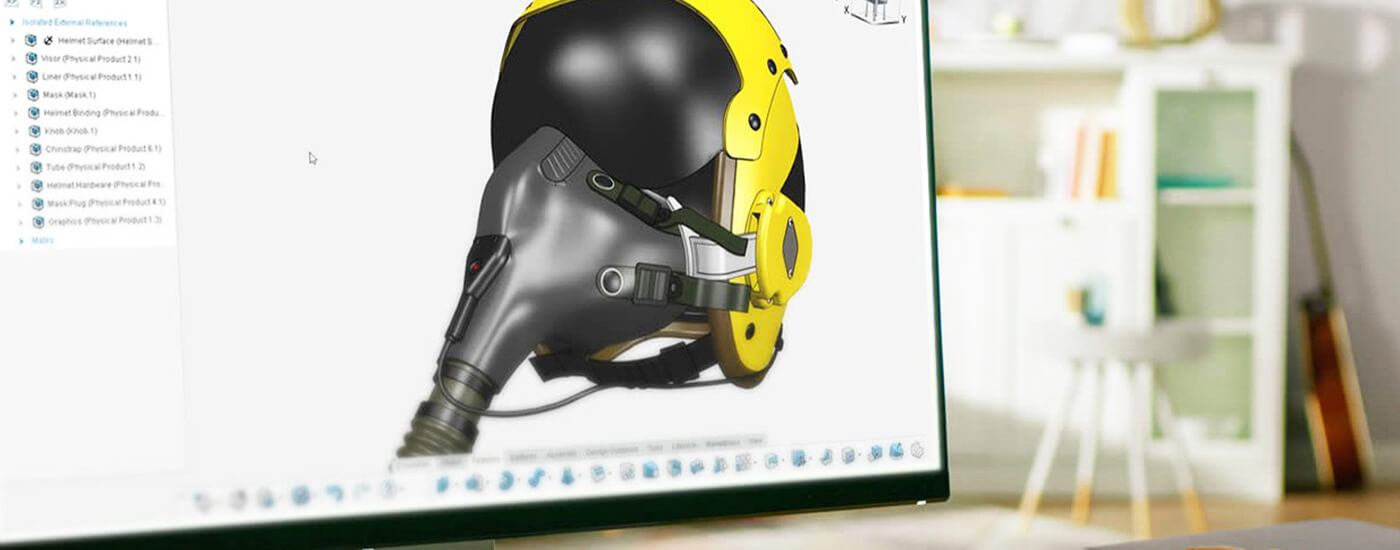"CAD Integrations" is a topic that refers to an important component of PLM (Product Lifecycle Management) services. CAD (Computer-Aided Design) integrations encompass the processes and tools that enable the integration of design data and CAD software with the PLM system. These integrations establish a connection between the design and PLM systems to manage the design process, share data, and enhance collaboration.

CAD integrations can be achieved in the following ways:
CAD Data Management: CAD integrations enable the transfer and management of design data within the PLM system. CAD models, drawings, assemblies, and other design data are stored, managed, and made sustainable within the PLM system. This ensures that design data is securely and readily accessible within a centralized database.
Change Management: CAD integrations utilize the PLM system to track, manage, and control design changes. When design changes are made in CAD models or related documents, they are managed through the PLM system. This enables the tracking of change requests, management of approval processes, and sharing of updated design data with relevant stakeholders.
Collaboration: CAD integrations facilitate data sharing between design teams using the PLM system and CAD software, enhancing collaboration. Design data is shared and made accessible through the PLM system, allowing team members to access up-to-date information even if they are in different locations. This improves collaboration during the design process, reduces errors, and enhances efficiency.
Approval Processes: CAD integrations incorporate design approval processes into the PLM system. Design changes or new designs go through specific approval processes via the PLM system. This ensures that designs are validated and approved, and helps maintain a traceable and compliant design process.
CAD integrations enable the seamless management of the design process within the PLM framework. They facilitate secure storage of design data, efficient change management, enhanced collaboration, and improved approval processes. These integrations can enhance efficiency, productivity, and quality during the design phase of the product lifecycle.

